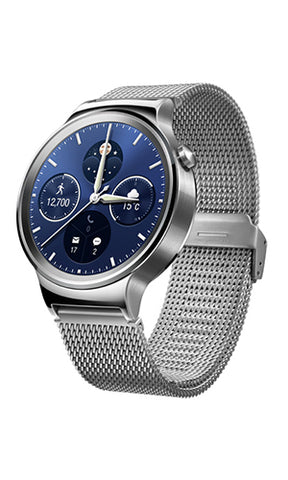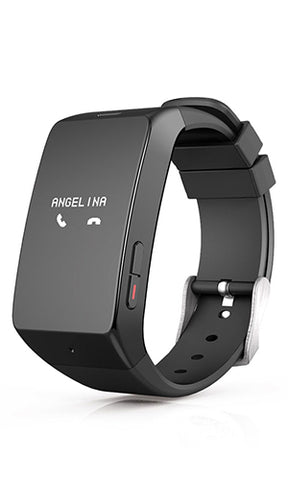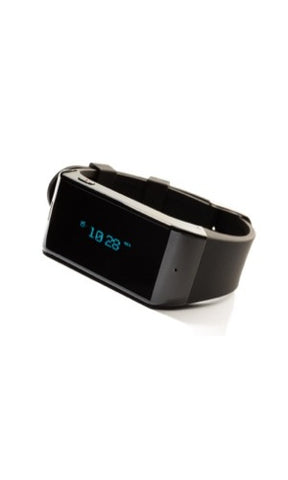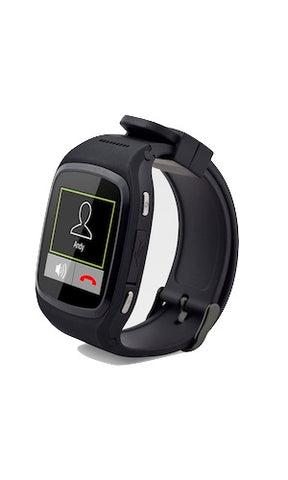University of Washington Creates No-Power WiFi Connectivity
Written By
Wearables.com
With the Internet of Things growing at a fast pace, engineers at University of Washington have devised a way to make it a reality. The secret to connecting everything from smoke detectors to bridges lies in the ability for these things to connect to the internet, but use no power at all.
They believe they have done exactly that, although with a much shorter range for now, with what they have dubbed a WiFi Backscatter. The WiFi Backscatter is the first of its kind to connect battery-free devices to the internet via WiFi. The first problem the engineers had to solve was the power source, and they solved that problem through harnessing radio frequency signals as a power source. But the real problem was connecting it to WiFi, which inherently uses more power than radio signals could muster. The Backscatter in turn works byessentially “looking” for Wi-Fi signals moving between the router and a laptop or smartphone. They encode data by either reflecting or not reflecting the Wi-Fi router’s signals, slightly changing the wireless signal. Wi-Fi-enabled devices like laptops and smartphones would detect these minute changes and receive data from the tag.
The UW’s Wi-Fi backscatter tag has communicated with a Wi-Fi device at rates of 1 kilobit per second with about 2 meters between the devices, and they have plans to increase the range to about 20 meters. While the range is still small, the ability to connect to the internet and not use any power has great potential for the “Internet of Things”, but also for wearables, since Wi-Fi connections usually take up too much battery power.
Video: University of Washingto CSE Net Labs.
The post University of Washington Creates No-Power WiFi Connectivity appeared first on Wearables.com.
Tags: Apps




